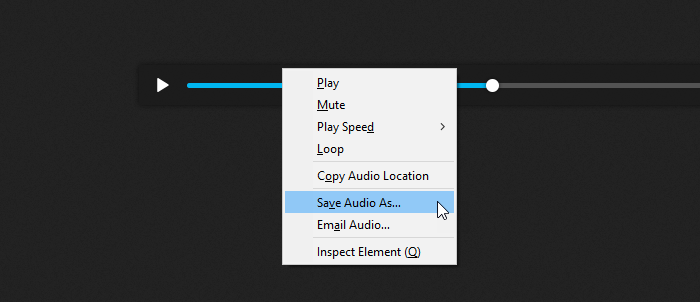

In other words, it transcribes what people want to tell us in their language, and if we don’t understand it, the app translates it. It not only translates what we say into other languages, but transcribes all the information we receive in a language that we do not master, to ours. Once configured, we can now speak to the terminal. The translator has an automatic mode, which detects the language by itself, but we recommend setting it manually to avoid errors. Also at the top of the panel is the language into which the text will be translated. Then we go to the “Transcribe” section where the menu to transcribe will appear, although before we must grant the app permissions to access the microphone.Īt the top will appear the source language, in this case Spanish, although it can be modified in the small tab that appears next to it. The only requirement is to have the app installed on the smartphone, from there we can proceed to a first test of this tool. It is easier to do it than to explain it. So, if you want to change the voice in Google Translate then the only one thing that you can do is to change the language that can change the voice. Everything works through Google’s Artificial Intelligence, with a motor that receives all the information from the environment and detects by audio intensity, so that if our voice is close to the device, it will describe our words more or less accurately. Google translate speak the translations in the automated voice and different types of languages employ different kinds of voices in the translator.


 0 kommentar(er)
0 kommentar(er)
